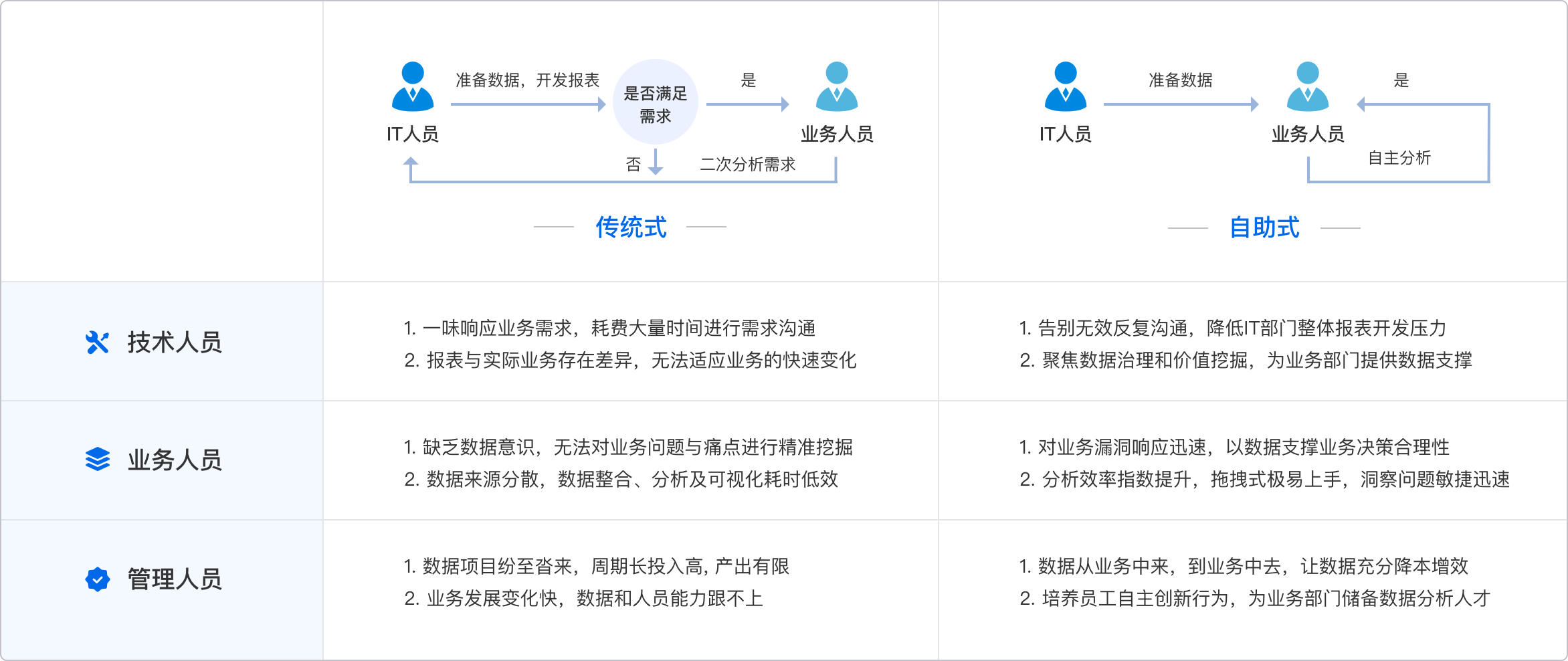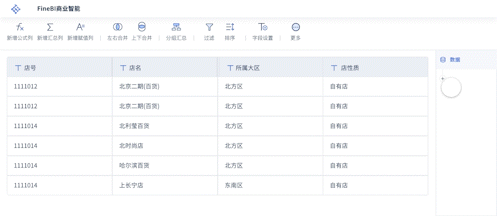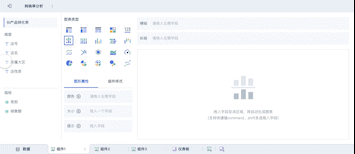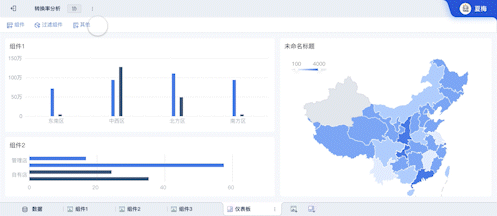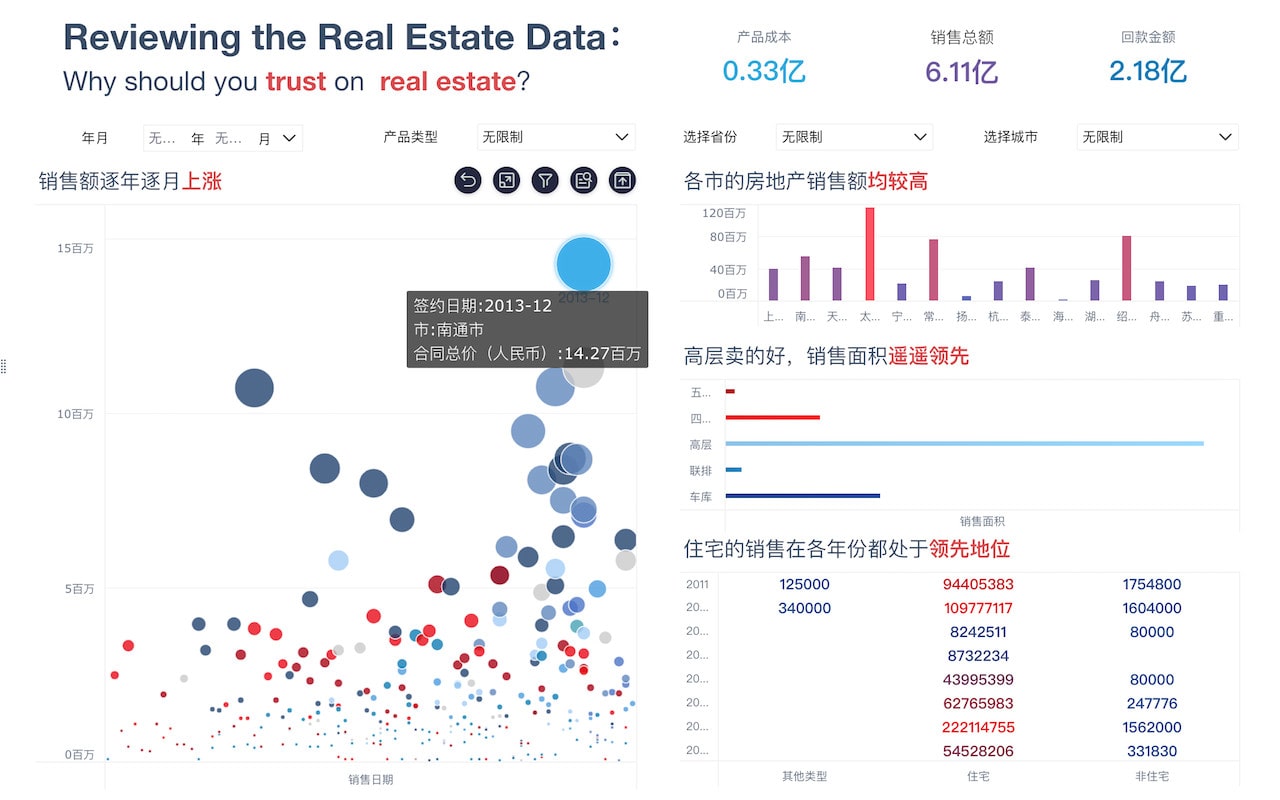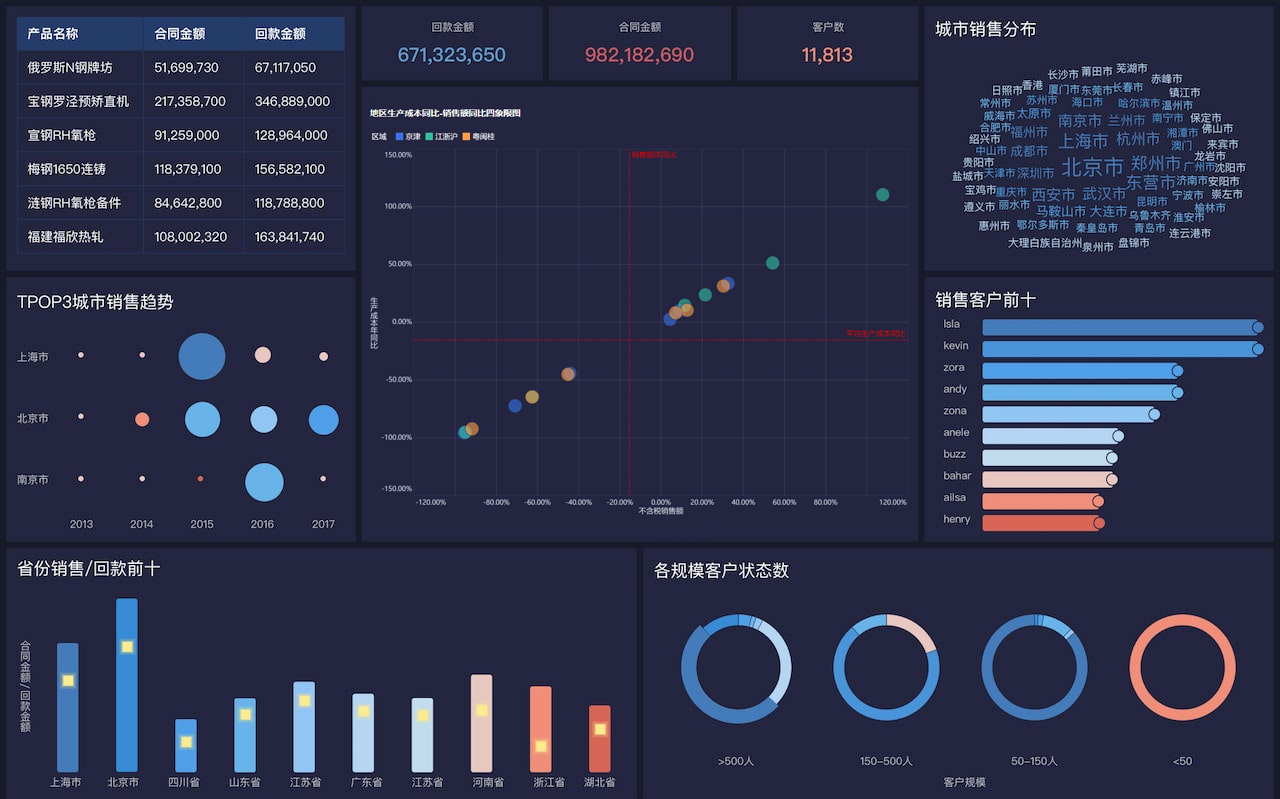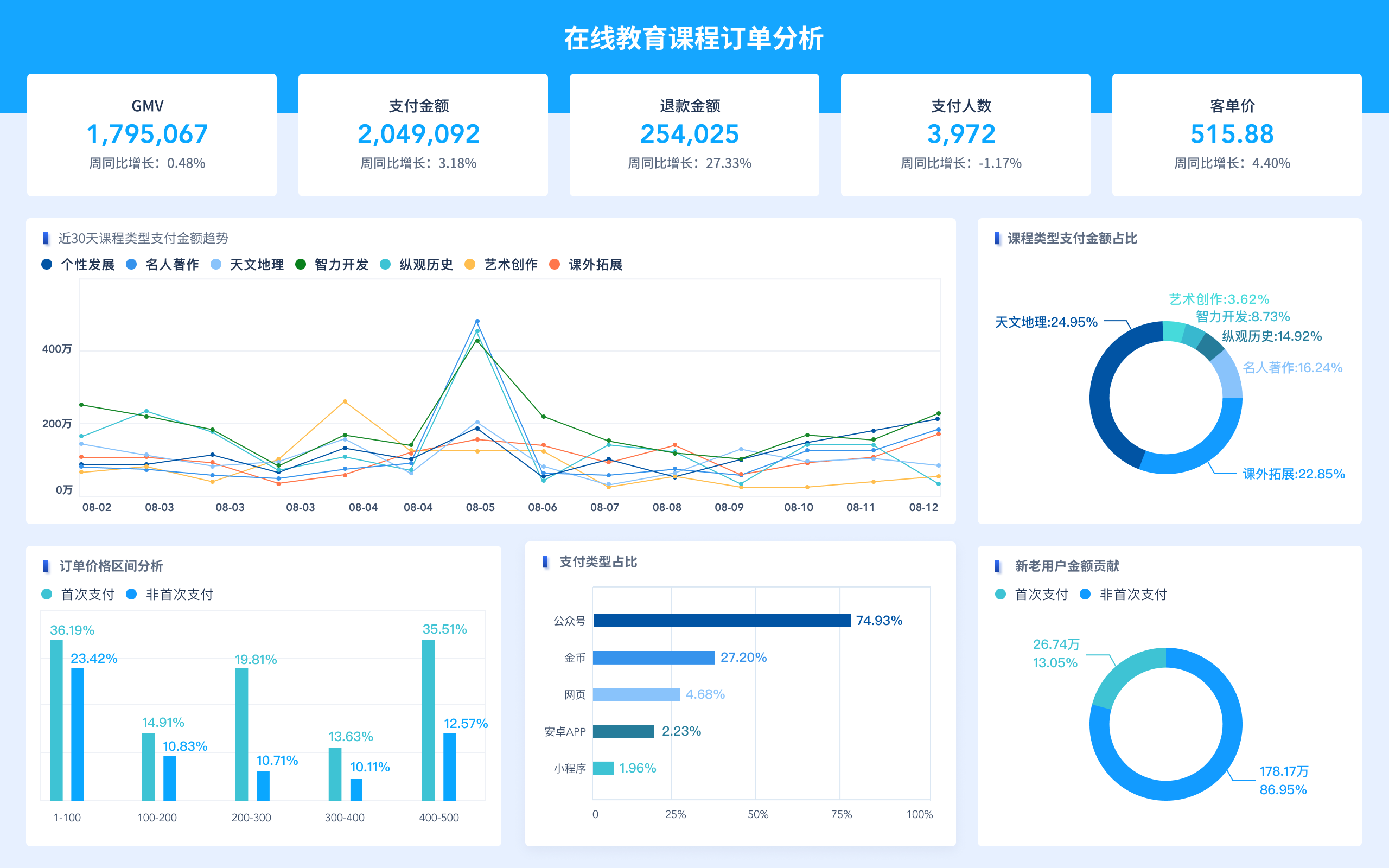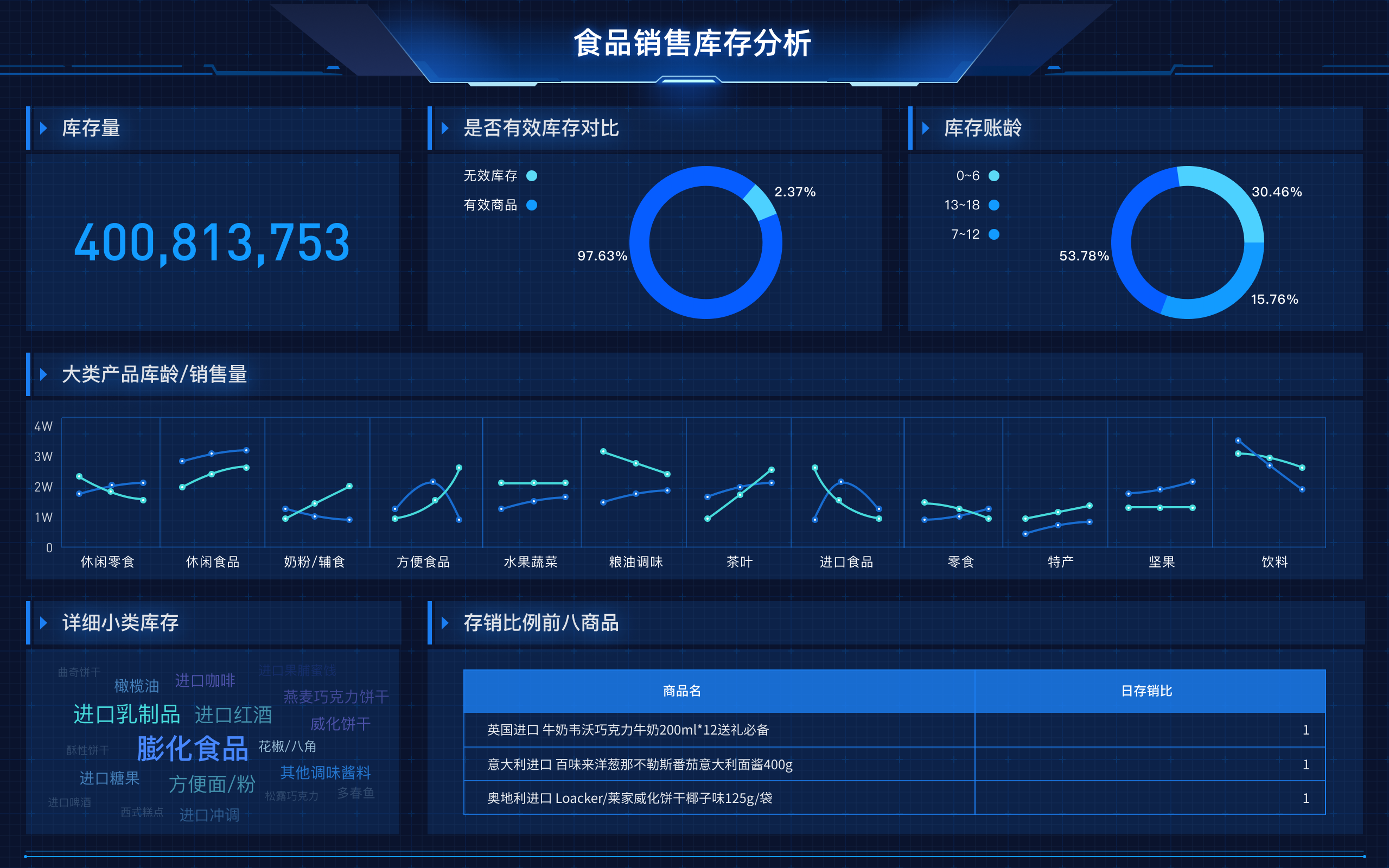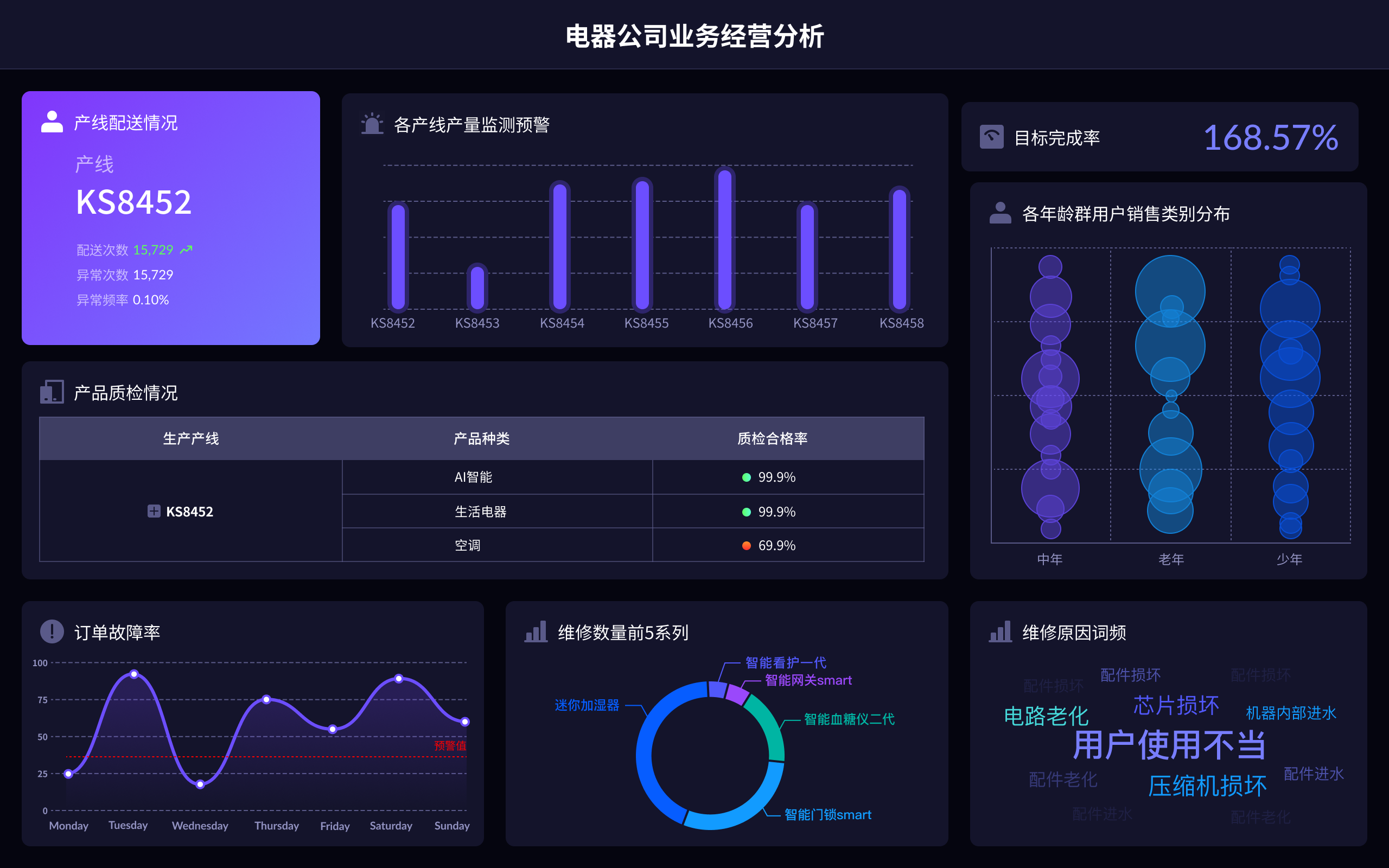
数据集成数据连接器有多种选择,包括FineDatalink、Apache Nifi、Talend、Informatica、Microsoft Power Automate、MuleSoft、Dell Boomi、IBM App Connect。其中,FineDatalink是一款专业的数据连接器工具,专注于高效、安全的数据集成。FineDatalink支持多种数据源,提供用户友好的界面,简化数据整合流程,使企业能够轻松实现数据共享与数据流动。更多详情请访问FineDatalink官网:FineDatalink官网。
一、FINE数据集成工具
FineDatalink是一款由帆软推出的数据连接器工具,它能够支持多种数据源,包括关系数据库、非关系数据库、云服务和本地数据源。其主要特点包括易用性、灵活性和高效性。用户可以通过直观的界面进行操作,无需编写复杂的代码。同时,FineDatalink还支持多种数据转换和清洗功能,帮助用户快速处理数据,满足不同业务需求。通过使用FineDatalink,企业可以实现高效的数据集成,提升数据处理能力和业务响应速度。
二、APACHE NIFI
Apache NiFi是一个强大的数据集成工具,专注于数据流的自动化和管理。它提供了丰富的数据处理功能,包括数据路由、转换和系统中数据的中转。其主要优点是高扩展性和灵活性,可以处理大规模的数据流。用户可以通过图形化的界面设计数据流,轻松配置数据处理流程。Apache NiFi还支持多种协议和数据格式,使其能够与各种系统进行集成,满足不同场景下的数据处理需求。
三、TALEND
Talend是一款流行的开源数据集成工具,提供全面的数据管理解决方案。其主要特点是开源和社区支持,用户可以根据自己的需求自由定制和扩展功能。Talend支持多种数据源和目标系统,提供强大的数据转换和清洗功能。用户可以通过拖拽组件的方式,轻松创建数据集成任务。Talend还提供了丰富的预置连接器,帮助用户快速实现系统集成,提高数据处理效率。
四、INFORMATICA
Informatica是一款企业级的数据集成工具,广泛应用于各种行业的数据管理和分析。其主要特点是高性能和可靠性,能够处理大规模的数据集成任务。Informatica提供了丰富的数据连接器和转换功能,支持多种数据源和目标系统。用户可以通过图形化的界面设计数据集成流程,轻松实现数据的抽取、转换和加载。Informatica还提供了强大的监控和管理工具,帮助用户实时监控数据集成任务的执行情况。
五、MICROSOFT POWER AUTOMATE
Microsoft Power Automate是微软推出的一款数据集成和自动化工具,原名为Microsoft Flow。其主要特点是与微软生态系统的无缝集成,可以与Office 365、Dynamics 365等微软产品进行深度整合。用户可以通过简单的拖拽操作,创建自动化流程,实现数据的跨系统传输和处理。Power Automate还支持多种第三方服务和应用,提供丰富的预置模板,帮助用户快速上手,提高工作效率。
六、MULESOFT
MuleSoft是一款集成平台,专注于API的管理和数据的集成。其主要特点是强大的API管理功能,用户可以通过MuleSoft创建、管理和监控API,实现系统间的数据交换和集成。MuleSoft支持多种数据源和协议,提供强大的数据转换和路由功能。用户可以通过图形化的界面设计集成流程,轻松实现复杂的数据处理任务。MuleSoft还提供了丰富的预置连接器,帮助用户快速实现系统集成。
七、DELL BOOMI
Dell Boomi是一款基于云的数据集成平台,提供全面的数据管理解决方案。其主要特点是云原生和高扩展性,用户可以通过云端平台轻松创建和管理数据集成任务。Dell Boomi支持多种数据源和目标系统,提供强大的数据转换和清洗功能。用户可以通过图形化的界面设计集成流程,实时监控数据集成任务的执行情况。Dell Boomi还支持自动化的数据同步和更新,帮助用户提高数据处理效率。
八、IBM APP CONNECT
IBM App Connect是一款企业级的数据集成工具,提供全面的数据管理解决方案。其主要特点是高可靠性和灵活性,能够处理复杂的数据集成任务。IBM App Connect支持多种数据源和目标系统,提供强大的数据转换和清洗功能。用户可以通过图形化的界面设计数据集成流程,轻松实现数据的抽取、转换和加载。IBM App Connect还提供了丰富的预置连接器,帮助用户快速实现系统集成。
总的来说,数据集成数据连接器种类繁多,每款工具都有其独特的优势和特点。根据企业的具体需求和技术环境选择合适的数据连接器,可以有效提升数据集成效率和业务响应速度。
相关问答FAQs:
FAQs about Data Integration Data Connectors
1. What are Data Integration Data Connectors?
Data Integration Data Connectors are tools or software components designed to link disparate data sources, enabling seamless data transfer and integration. These connectors facilitate the process of merging data from various systems into a unified view or database, making it easier for organizations to analyze and utilize their information effectively. They play a crucial role in data integration solutions by providing a bridge between different data formats, databases, applications, and cloud services.
These connectors support a range of data sources, including relational databases, NoSQL databases, cloud storage solutions, APIs, and flat files. They often include functionalities such as data mapping, transformation, and validation to ensure that data is accurately and efficiently transferred between systems. Popular examples include connectors for SQL databases like MySQL or PostgreSQL, cloud services like Amazon Web Services (AWS) or Microsoft Azure, and APIs for applications such as Salesforce or Google Analytics.
2. How Do Data Integration Data Connectors Improve Business Efficiency?
Data Integration Data Connectors significantly enhance business efficiency by streamlining data workflows and reducing manual intervention. By automating the process of data extraction, transformation, and loading (ETL), these connectors minimize the need for manual data entry and reconciliation, which can be time-consuming and prone to errors.
With data connectors, businesses can achieve real-time data synchronization across different systems, leading to more accurate and timely insights. For instance, a connector that integrates CRM and ERP systems allows for synchronized customer and financial data, ensuring that sales, inventory, and customer service teams have up-to-date information. This real-time data availability helps organizations make informed decisions, optimize operations, and respond swiftly to market changes.
Moreover, data connectors enable easier data consolidation from various sources into a centralized data warehouse or analytics platform. This consolidation provides a comprehensive view of business performance and facilitates advanced analytics, reporting, and business intelligence. As a result, companies can leverage their data more effectively to drive strategic initiatives and improve overall performance.
3. What Should Be Considered When Choosing Data Integration Data Connectors?
Selecting the right Data Integration Data Connectors requires careful consideration of several factors to ensure compatibility, performance, and scalability. Key aspects to evaluate include:
-
Source and Destination Compatibility: Ensure that the connectors support the specific data sources and destinations used by your organization. Different connectors may cater to various databases, applications, or cloud services, so it is essential to choose ones that align with your data environment.
-
Data Transformation Capabilities: Look for connectors that offer robust data transformation features, allowing you to clean, map, and modify data as it is transferred. Effective data transformation ensures that data is accurately integrated and aligned with your business requirements.
-
Performance and Scalability: Assess the performance of the connectors, especially in terms of data processing speed and handling large volumes of data. Scalability is crucial for accommodating future growth and increasing data complexity.
-
Security and Compliance: Verify that the connectors adhere to security standards and compliance regulations relevant to your industry. Data protection features such as encryption and access controls are vital to safeguarding sensitive information during integration.
-
Ease of Use and Support: Consider the usability of the connectors and the availability of support resources. User-friendly interfaces and comprehensive documentation can simplify the integration process, while responsive support teams can assist with any technical issues that arise.
By evaluating these factors, you can select data integration connectors that best meet your organization’s needs, ensuring efficient and reliable data integration.
本文内容通过AI工具匹配关键字智能整合而成,仅供参考,帆软不对内容的真实、准确或完整作任何形式的承诺。具体产品功能请以帆软官方帮助文档为准,或联系您的对接销售进行咨询。如有其他问题,您可以通过联系blog@fanruan.com进行反馈,帆软收到您的反馈后将及时答复和处理。


